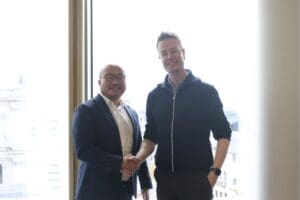
Surrey runs out of state school places for private pupils as VAT raid bites
Surrey County Council has admitted it does not have enough state school places to accommodate children transferring from private schools, following the government’s introduction of a 20 per cent VAT levy on independent education.
Forecasts obtained through a Freedom of Information request show that for the September 2025 intake, there are expected to be no vacancies available for Year 9, 10, or 11 students, and only limited spaces in younger year groups. The shortfall comes despite estimates suggesting that around 2,400 children in Surrey will be forced to switch from fee-paying schools as a result of the VAT charge, which takes effect next month.
Surrey’s predicament highlights the regional imbalance in how the tax change may affect school capacity. While the government claims there is sufficient room in the national state school system, it has not accounted for the uneven distribution of private school enrolment. In Surrey, nearly one in five pupils attend independent institutions—significantly higher than the national average of 6 per cent.
A concerned father who requested anonymity told The Telegraph: “No council is equipped for mass mid-year school entrance with no capacity planning. Almost 20 per cent of Surrey pupils go to independent schools and the state system is full.”
Local authorities are legally obliged to provide a school place for every child in their area, but if nearby state schools have no available spots, children may be assigned to distant schools, with councils potentially footing the bill for free transport or even taxis.
The new VAT levy is predicted by the government to force around 35,000 pupils—6 per cent of those in private schools—into the state sector nationwide. However, this one-size-fits-all calculation belies significant local variations. Surrey, with more than 40,000 privately educated pupils, faces a disproportionate surge in demand for state school places.
Clare Curran, a Surrey County Council cabinet member, acknowledged the challenge but maintained that the council would monitor the situation and consider expanding certain state schools if the need arose. She also noted that some schools have not filled all the places they could theoretically offer.
Meanwhile, a parliamentary petition calling for the government to reverse the VAT decision on private schools reached over 100,000 signatures in a week, reflecting widespread concern about the policy’s unintended consequences.
A government spokesman defended the policy, stating: “Ending tax breaks for private schools will raise £1.8bn a year by 2029-30 to help fund public services. Local authorities are responsible for securing enough school places, and we are confident the state sector can handle any additional pupils.”
However, families and educators worry that the sudden influx of private school pupils into a system already under strain could intensify competition for places, push children to travel further for an education, and impose heavy costs on councils.


